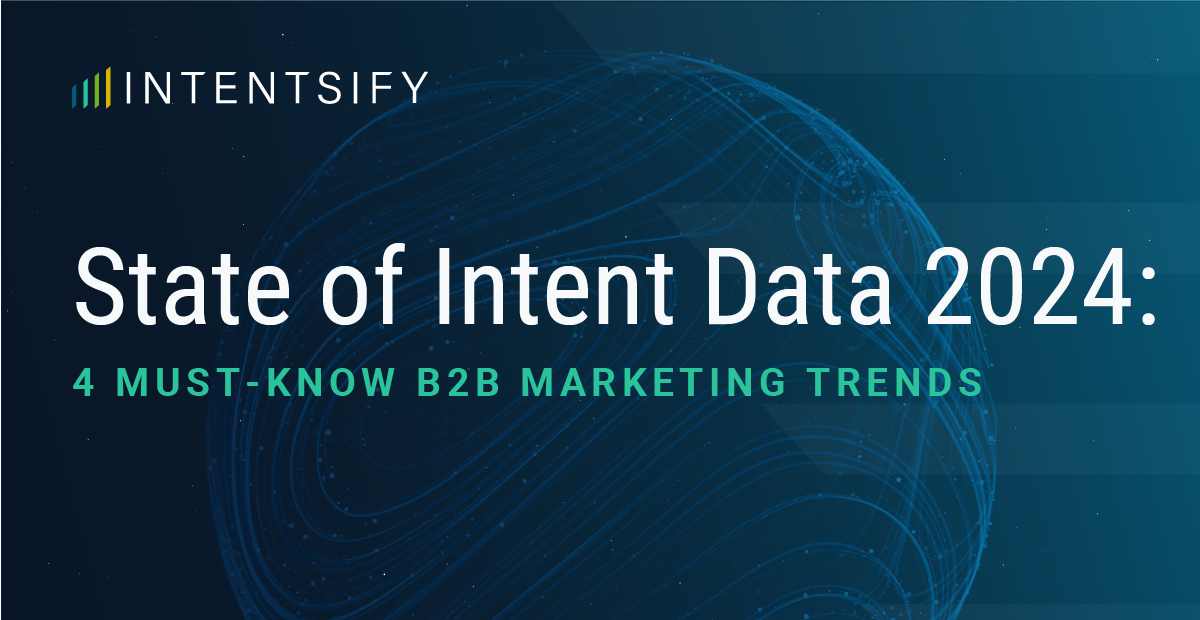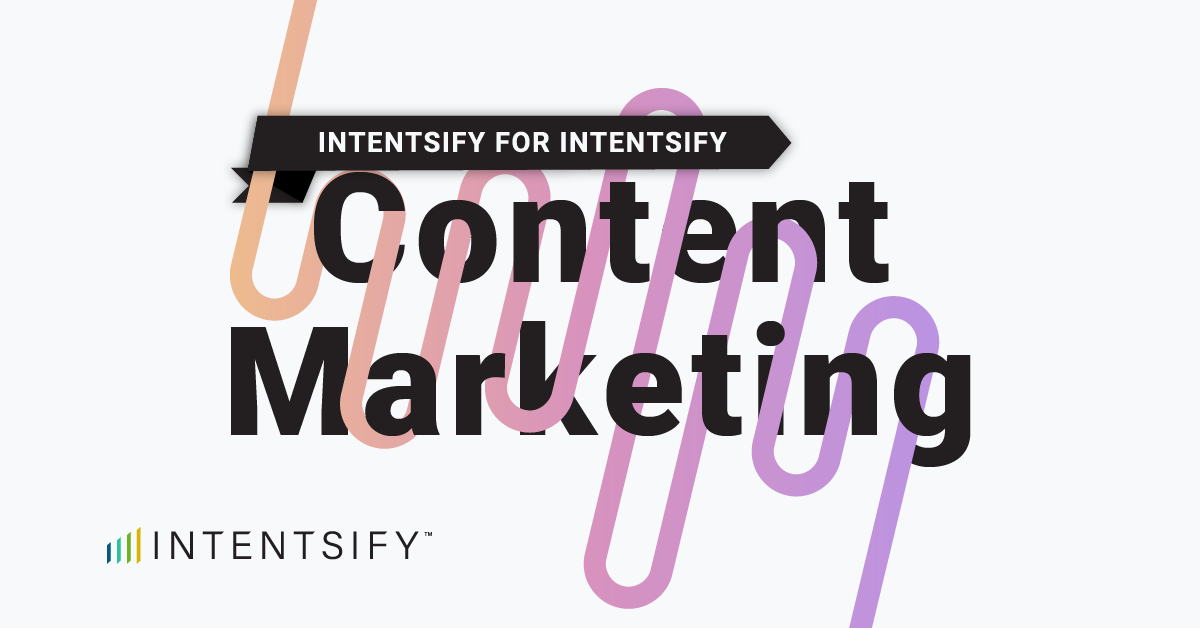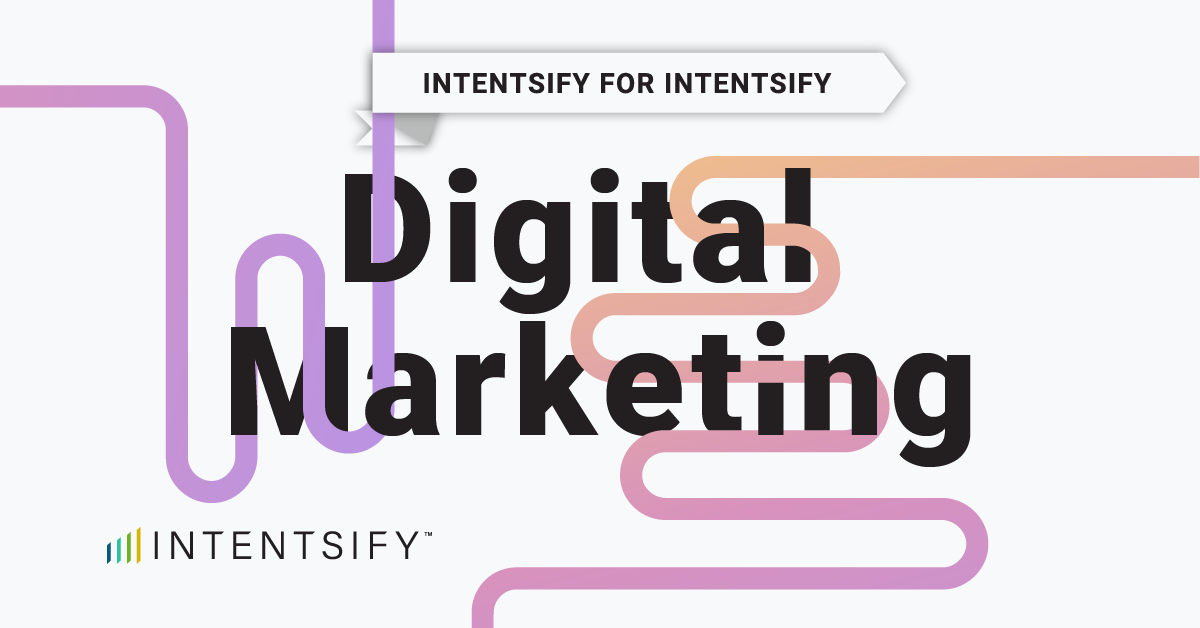Between the publication of Gartner’s 2024 and 2025 Market Guides for GTM Data Applications, the role of intent data within GTM applications has shifted from a supporting feature to a central driver of commercial success. As the GTM data applications market has evolved, so has the way organizations leverage buyer intent signals to create more precise and effective sales and marketing strategies. There’s now a strong emphasis on AI’s ability to generate and orchestrate the use of tailored persona-level and buying group insights.
The Shift from Accounts to Buying Groups
By 2025, the market had already undergone a significant transformation. The new Gartner report highlights a key capability that has emerged: the ability to move beyond account-level signals to granular person-level and buying-group insights.
Applications now use sophisticated identity graphs that reconcile disparate data points to construct quantitatively defined buying committees. This allows for multithreaded engagement strategies that prioritize high-value influencers and tailor messaging to the unique needs of the buying group. This is a game-changer, as messaging that achieves buying group-level relevance is proven to increase the likelihood of landing a high-quality deal by three times.
The Role of AI in Intelligent GTM Orchestration
Artificial intelligence, particularly generative AI, is a pivotal component of GTM app evolution. By 2028, Gartner predicts that 60% of B2B seller work will be executed through conversational user interfaces via generative AI sales technologies, a huge leap from less than 5% in 2023.
That said, AI’s ability to effectively orchestrate sales and marketing teams’ engagement efforts is dependent on how well account and buying group intelligence is aligned to each team’s unique solutions and use cases. As the 2025 Gartner market guide discusses, the strongest intent solutions are leading this effort with innovative uses of AI to generate such intelligence.
For instance, Intentsify’s patented use of AI to analyze a company’s website, landing pages, and PDFs to develop bespoke intent models (tailored to users’ unique products and specific use cases). The resulting intent models then further use AI and LLMs to assess the relevance of target audience behaviors monitored across numerous 1st- and 3rd-party intent sources. The bespoke intent models ensure precise, actionable insights while the comprehensive, multi-sourced signal coverage ensures accuracy.
A Cohesive GTM Strategy
The integration of GTM data applications with other technologies is also becoming more seamless. Vendors now prioritize strong native integrations to embed their intelligence directly into tools used within seller workflows. This helps to mitigate ongoing challenges with integration and interoperability.
This evolution means that GTM data applications are no longer “back-office infrastructure” but are frontline drivers of competitive advantage. They provide a strategic layer to the CRM, amplifying existing systems rather than replacing them. By continuously refreshing priority accounts against evolving buying signals, they ensure revenue motions stay tightly aligned with buyer intent, which accelerates pipeline generation and improves forecast accuracy.
In essence, the move toward AI-led, execution-first technologies, with a focus on granular intent signals and buying group intelligence, has made GTM data applications indispensable for modern commercial teams seeking to convert raw data into targeted, revenue-generating strategies and actions.






